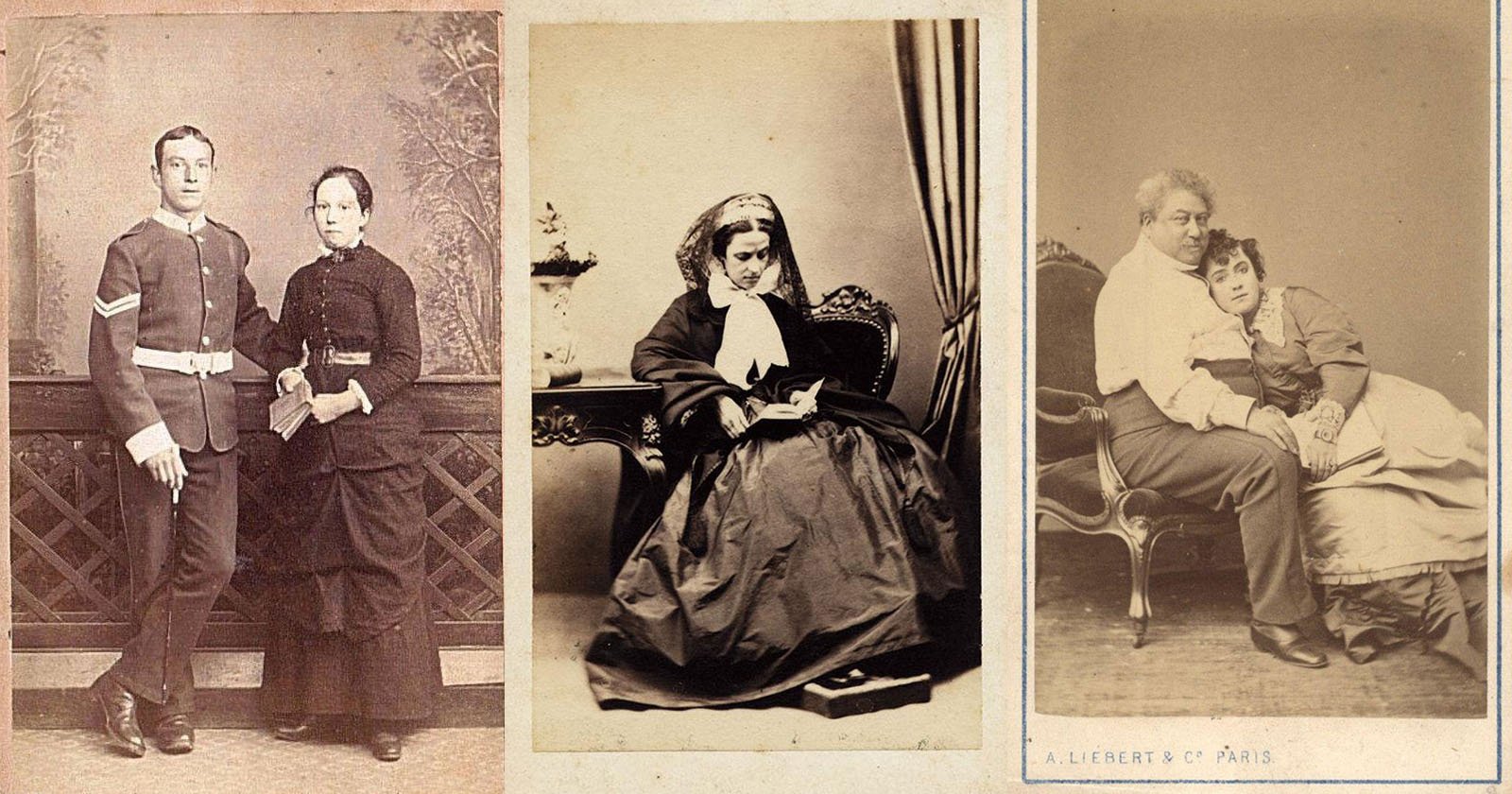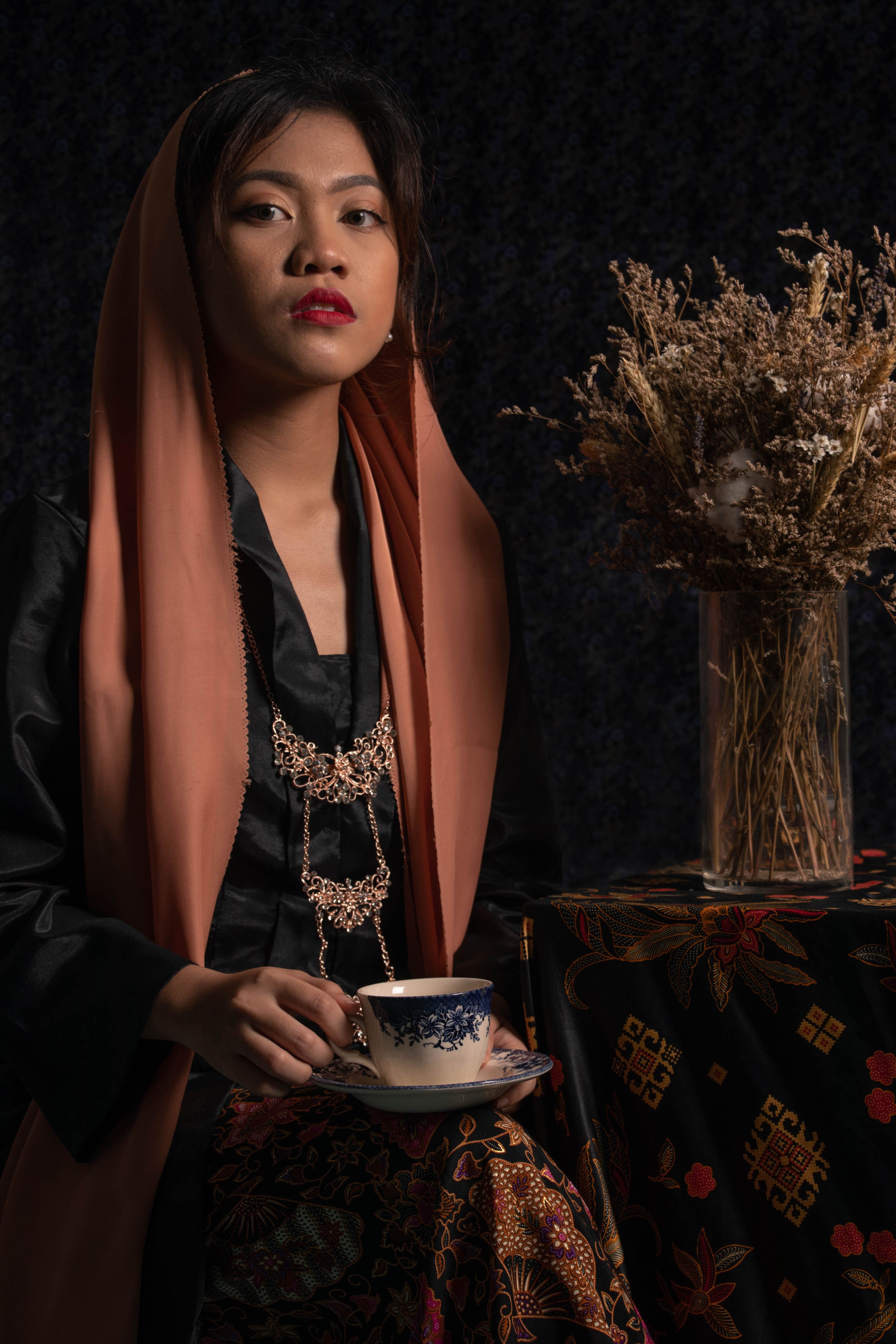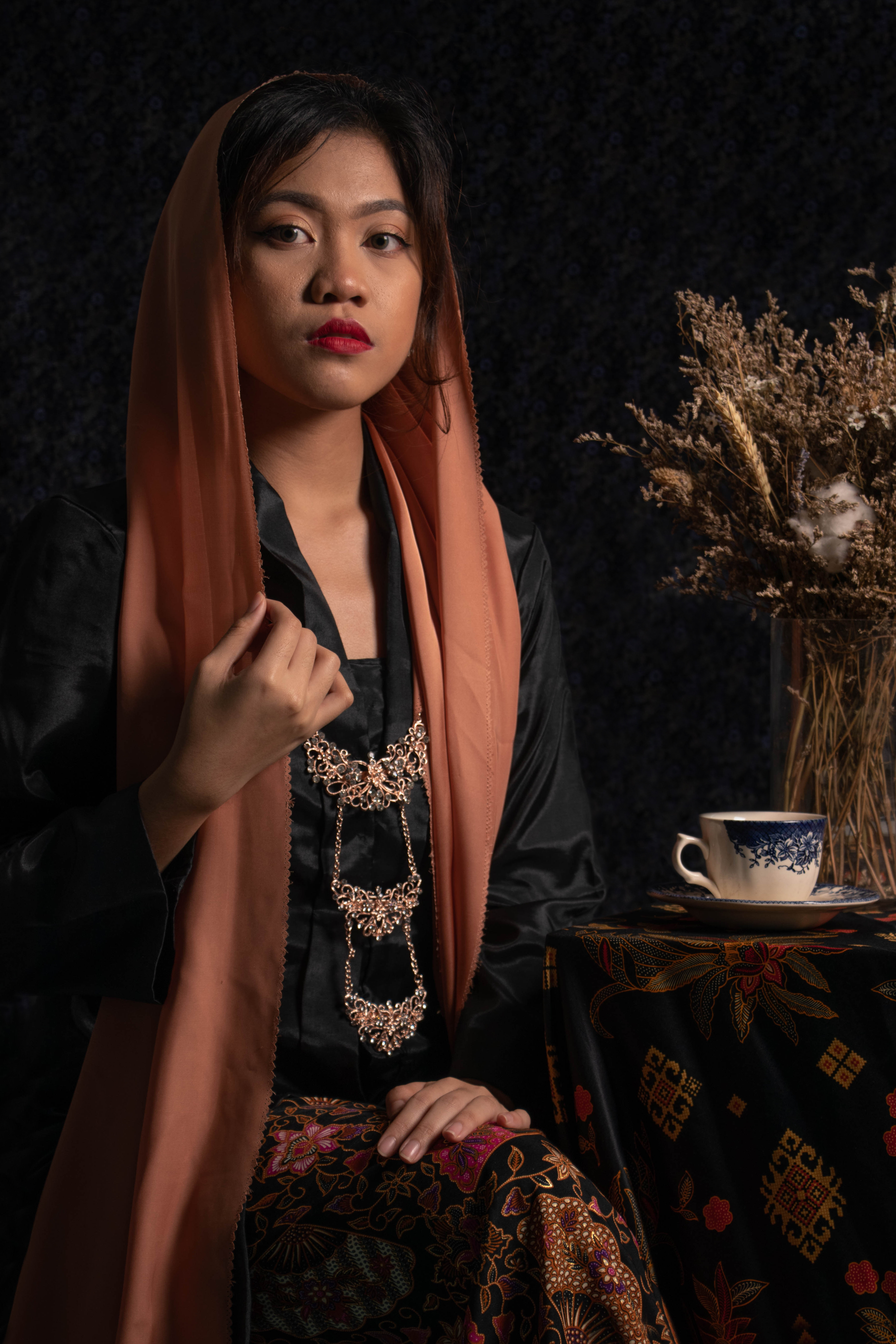carte-de-visite.
Carte-de-Visite.
It was a type of small photograph that is made of an albumen print, which was a thin paper photograph mounted on a thicker paper card. It gain widespread use in 1859, when Disderi published Emperor Napoleon III’s photos in this format, making in an overnight success.
Albums for the collection and display cards become a common fixture in Victorian parlours. This immense popularity of these card photographs led to the publication and collection of photographs of prominent persons.
November 2020
It was a type of small photograph that is made of an albumen print, which was a thin paper photograph mounted on a thicker paper card. It gain widespread use in 1859, when Disderi published Emperor Napoleon III’s photos in this format, making in an overnight success.
Albums for the collection and display cards become a common fixture in Victorian parlours. This immense popularity of these card photographs led to the publication and collection of photographs of prominent persons.
November 2020

My Concept
For this project, I learnt that the purpose of Carte-de-Visite was to create beautiful portraits of people, especially those who have never had their portrait taken. With the sense that it felt like a once in a lifetime opportunity, many of them choose to dress up in their best outfits, allowing their clothes to show their self-identity.
With that being said, I believe that showing one’s identity is important in these potraits. Instead of going for a Western approach, I decided to dive into my history instead and capture the essense of Malay-Javanese heritage where I interpret how I believe my ancestors would look in these portraits.
For this project, I learnt that the purpose of Carte-de-Visite was to create beautiful portraits of people, especially those who have never had their portrait taken. With the sense that it felt like a once in a lifetime opportunity, many of them choose to dress up in their best outfits, allowing their clothes to show their self-identity.
With that being said, I believe that showing one’s identity is important in these potraits. Instead of going for a Western approach, I decided to dive into my history instead and capture the essense of Malay-Javanese heritage where I interpret how I believe my ancestors would look in these portraits.







© nadiah rosli - all rights reserved.
